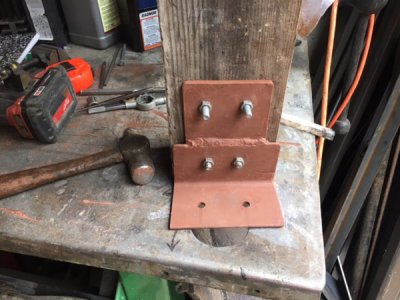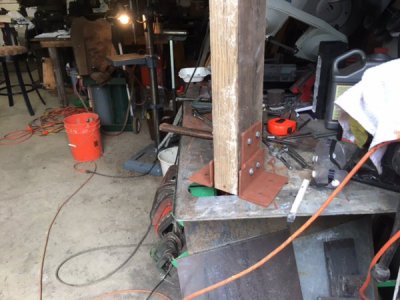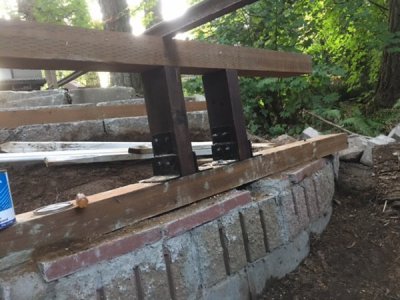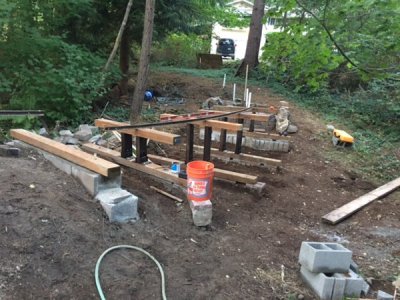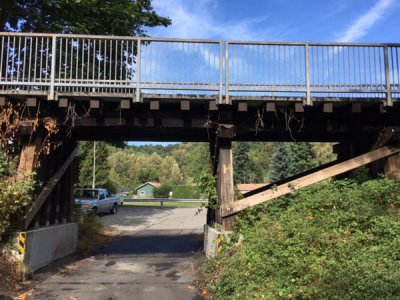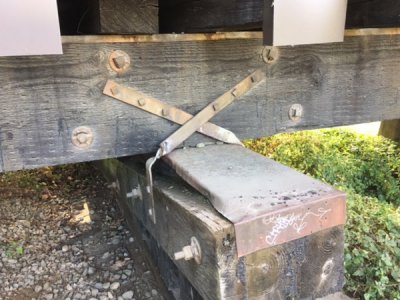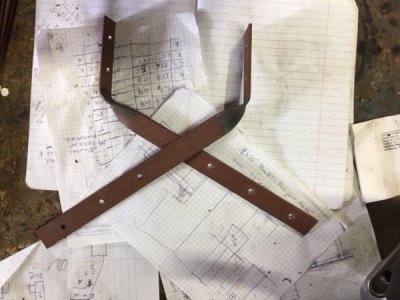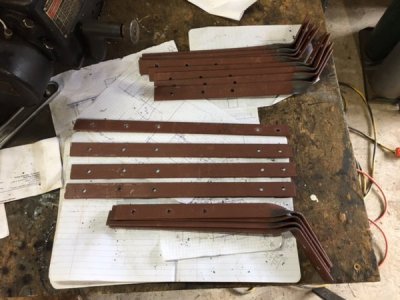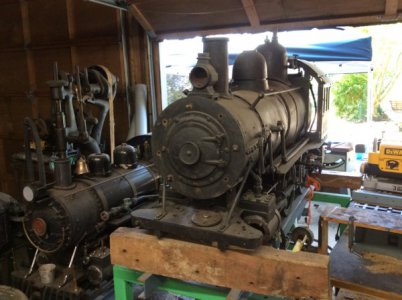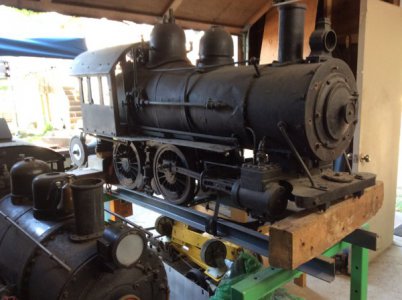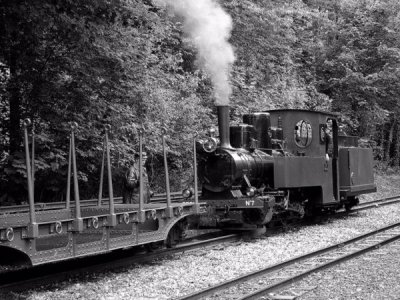The same happens with tar paper, most people cheap out and use the very thin paper, it's ok for roofs, but walls, if you are going to use it should be 15lbs felt or better. (The paper is thicker, and there is more tar soaking the paper)
Also, Southern exposures would most likely be a problem, they can have the most sun. That wall that is in my pictures is exposed to sun almost from sun up to sundown, vinyl siding, and tyvek. That side was done close to 20 years ago, the tyvek was as strong as new... unfortunately you are always going to hear a counter opinion to any method, whether it is machining, electric, sailing, bicycling, housing products.
The other very important thing to consider, what part of the country are you from, here in new Jersey, when I poor a footing, I have to by code go down 36". When I do work in North Carolina, they are typically only going down a foot or so, and North, in say Vermont or Maine, they are probably going down closers to 48", it varies because of the frost line, or how far down the soil freezes in the winter.
I'm not even sure I should post anymore of my shop renovation pictures now, oh well...
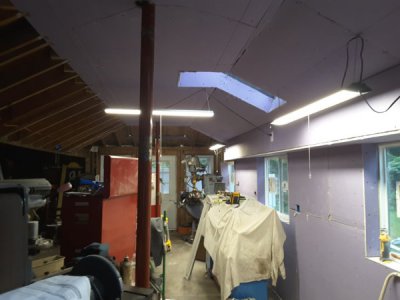
It's a pain to do the interior, you are constantly moving roller cabinets, machines, material and such. I need to finish up the one side so that I can shift stuff to the finished wall to work on the other unfinished side.
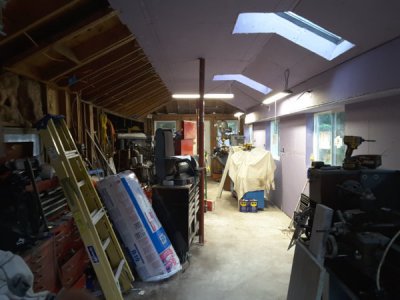

In 2-3 weeks the stone for the exterior arrives, and the siding, so I will probably just do as much interior as I can till than..
Rich


